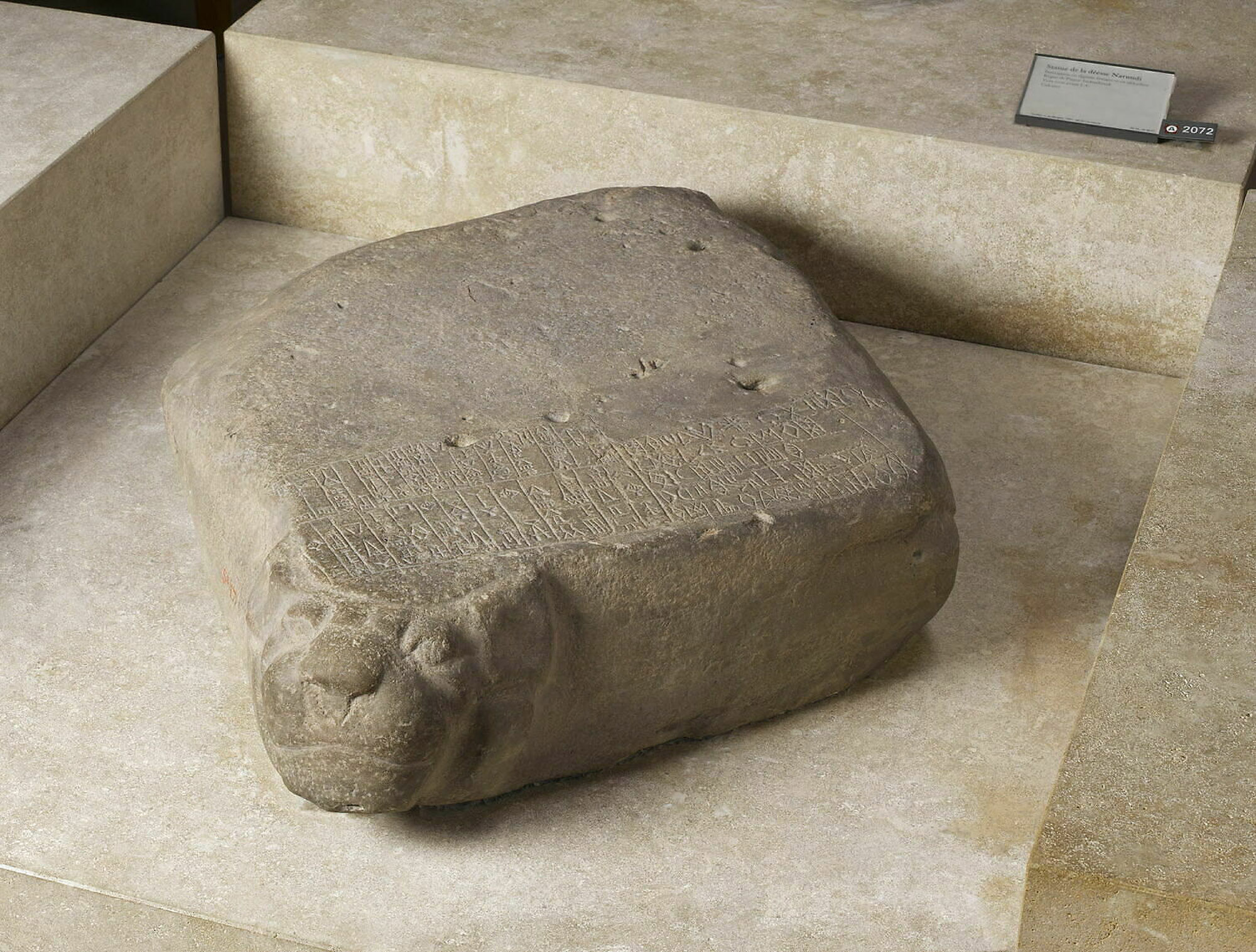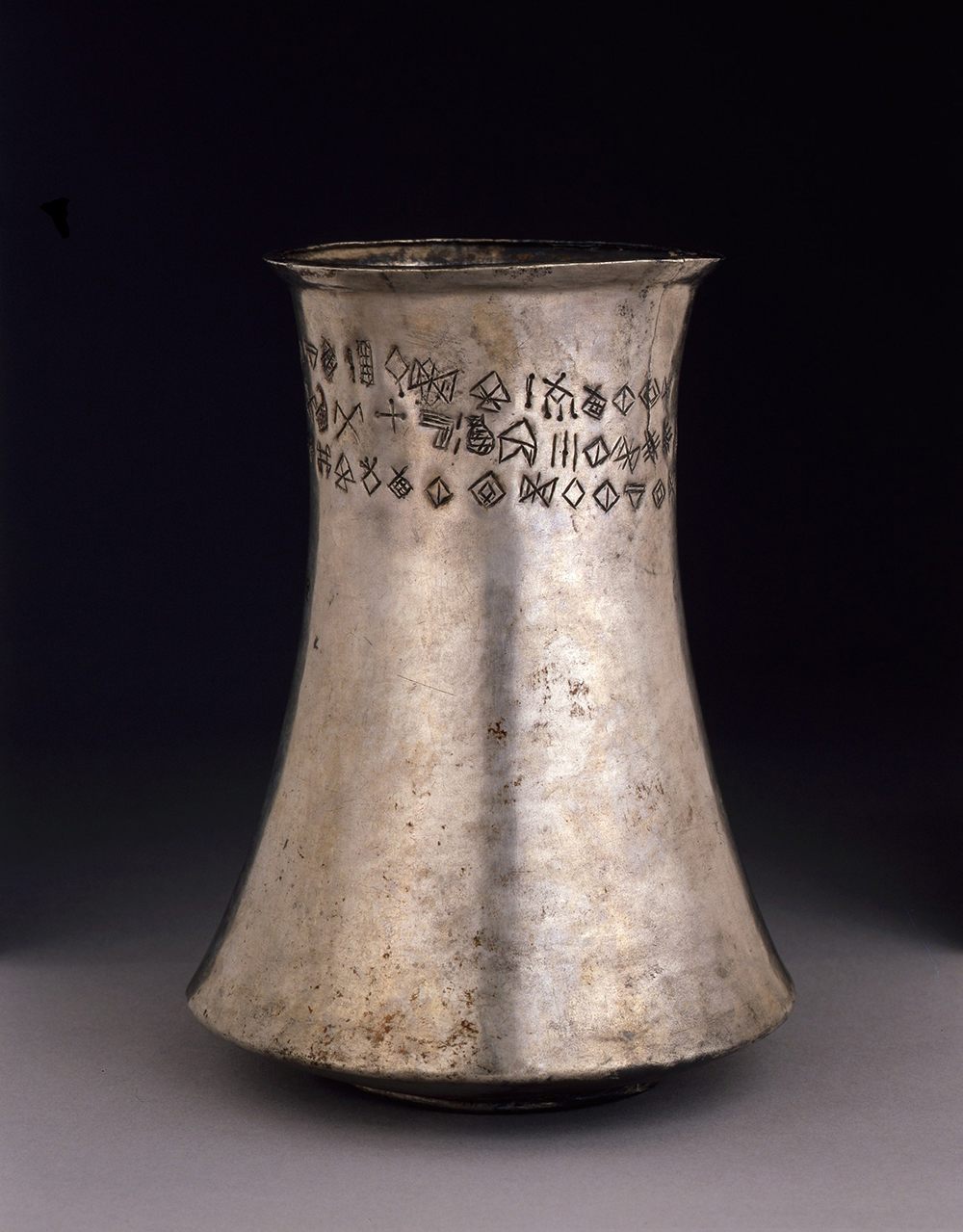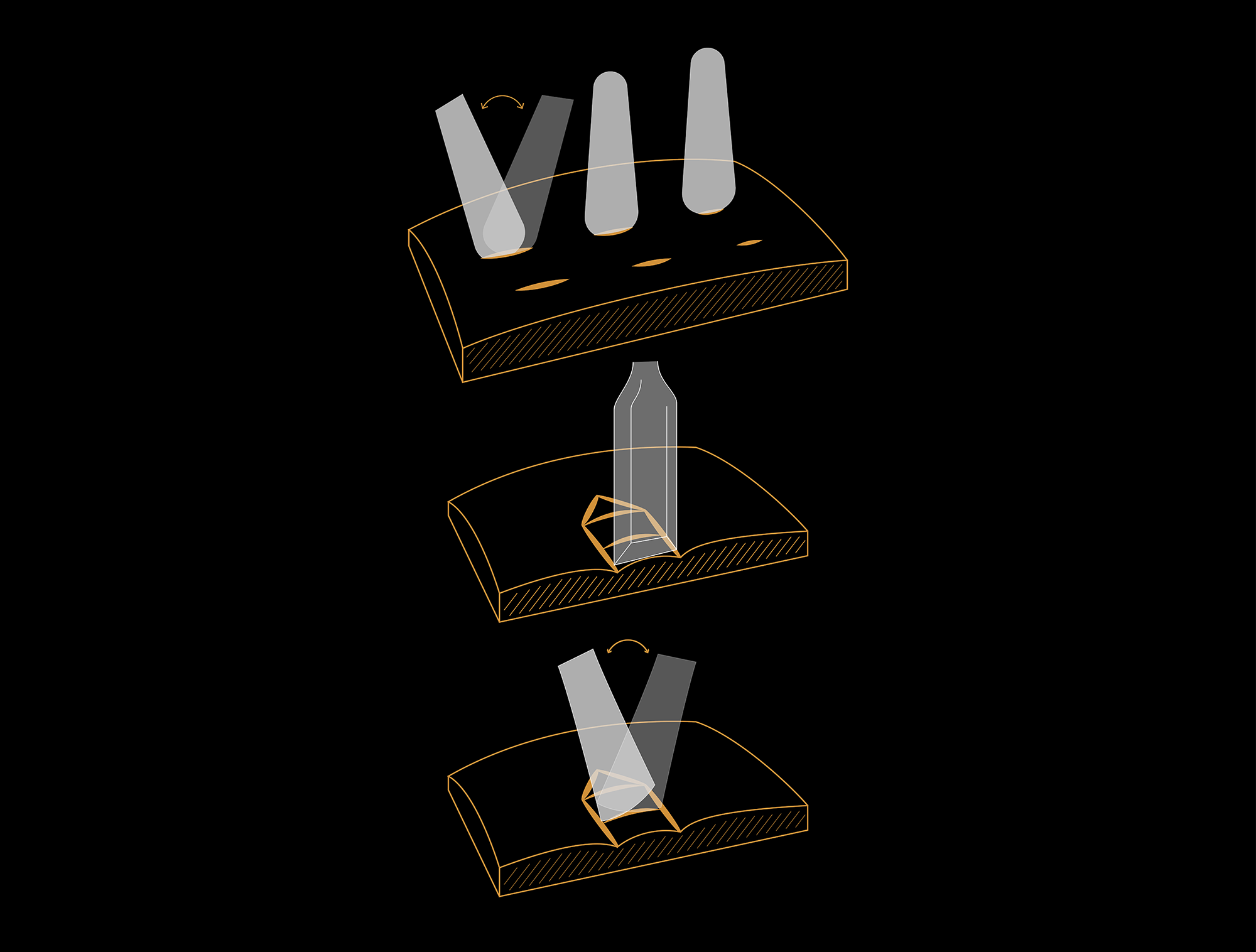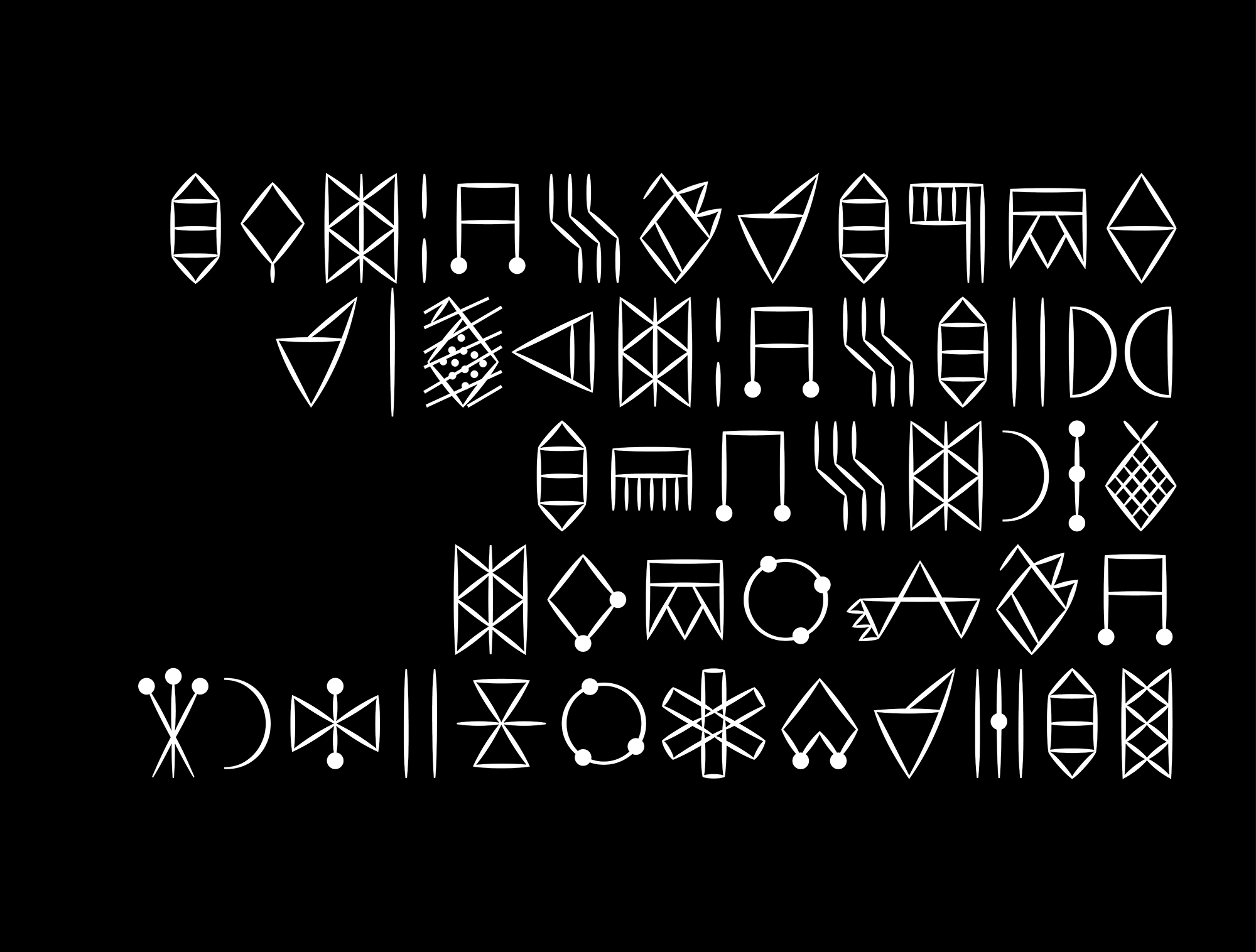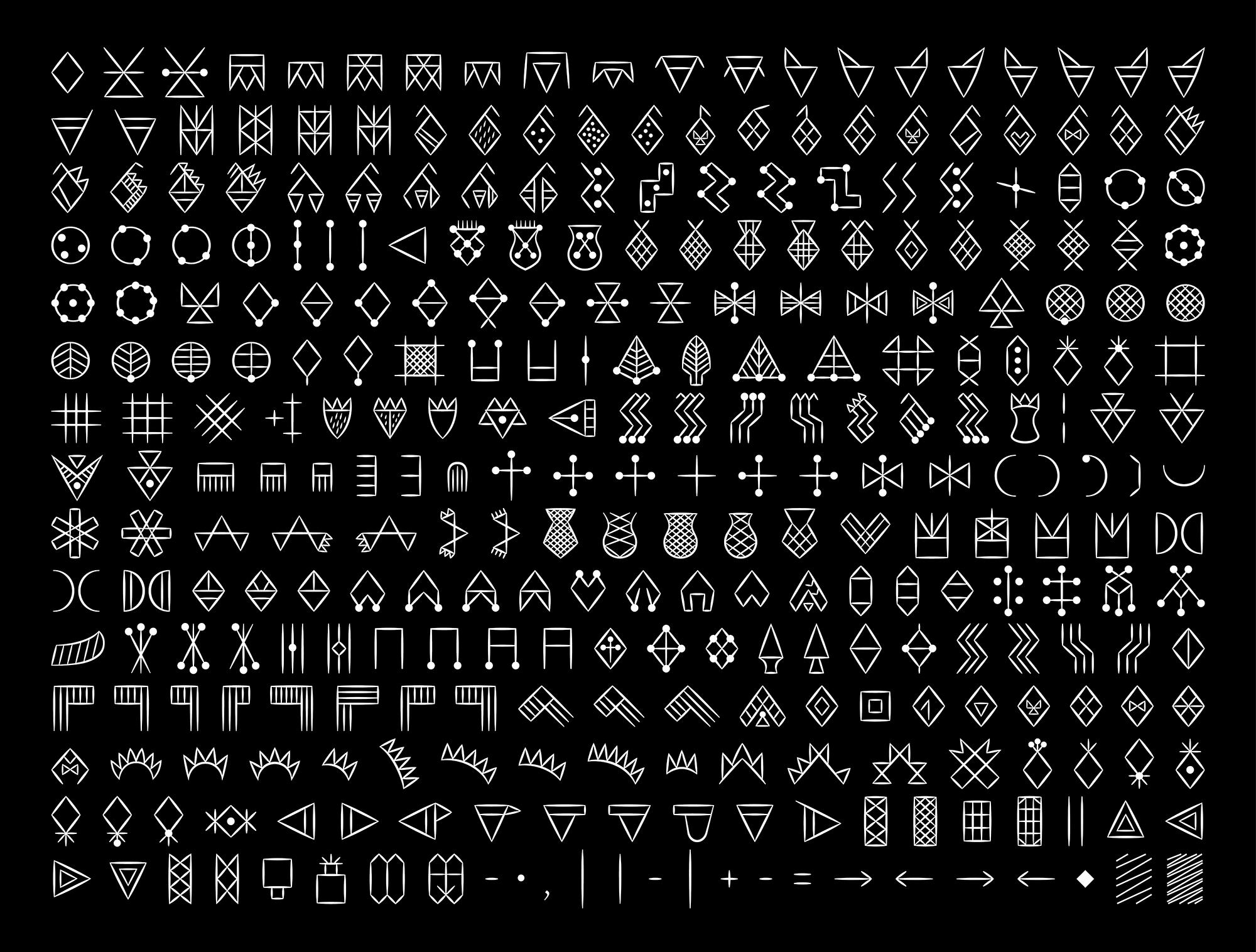The Missing Scripts 2021: Linear Elamite
Sina Fakour zoomAt the end of the 3rd millennium BCE, Linear Elamite script gave eternal life to the history of the Elamites. Linear Elamite was one of the scripts used in Elam (located in present-day Iran) to transcribe the Elamite language. It was first discovered at the beginning of the 20th century in Susa, Iran and up to now 43 objects containing Linear Elamite inscriptions have been identified. Linear Elamite inscriptions, containing simple and complex geometric signs, are found on different materials (clay, stone and metal) and they are named by alphabet letters (A to Z and A´ to R´). About 95% of the Linear Elamite signs have been deciphered by François Desset between 2017 and 2020. This decipherment is of importance as it can change our current understanding of the development of writing. It is the oldest known phonetic writing system, showing that the phonetization of writing was achieved from the early stages of its invention. The decipherment also has become a reason for a preliminary unicode proposal to be made.
The project started In October 2021, as a part of the “Missing Scripts” program at ANRT (Atelier National de Recherche Typographique) in Nancy, France. The purpose of this project is to design an inclusive typographic solution based on comprehensive research and careful analysis of the inscriptions. A typeface that makes the digital transmission and reproduction of Linear Elamite possible. Among others, it would help archeologists, linguists, philologists, historians and type researchers during the process of redaction and publishing of their research.
The research and design process took about a year and a half. The outcome is “Hatamti”.
A font family that includes about 300 glyphs in four different styles, which will be released under open source license.
Another, equally important, outcome of this project is a paper which aims to analyze the graphical aspects of the Linear Elamite script and show the arguments and observations behind every design decision. In this research the role of the engraving tool and the material on the quality of the signs was investigated, and the aime was to achieve a methodology of work that can be applied to similar ancient scripts.
In collaboration with François Desset, archaeologist attached to the CNRS Archéorient team and the University of Tehran. He is a specialist in the Bronze Age on the Iranian Plateau and is involved in the discovery of the Civilization of Jiroft in the south-east of Iran. He is also interested in the indeciphered writing systems used in this country, the Proto-Elamite and Linear Elamite scripts.
